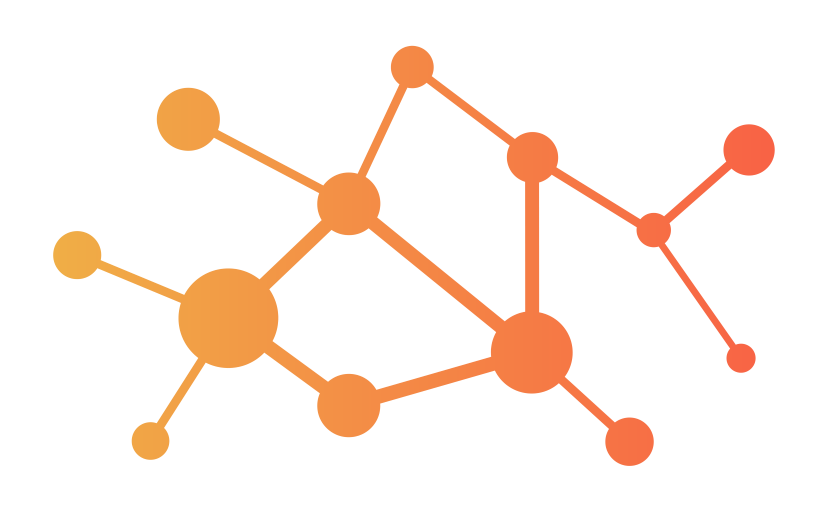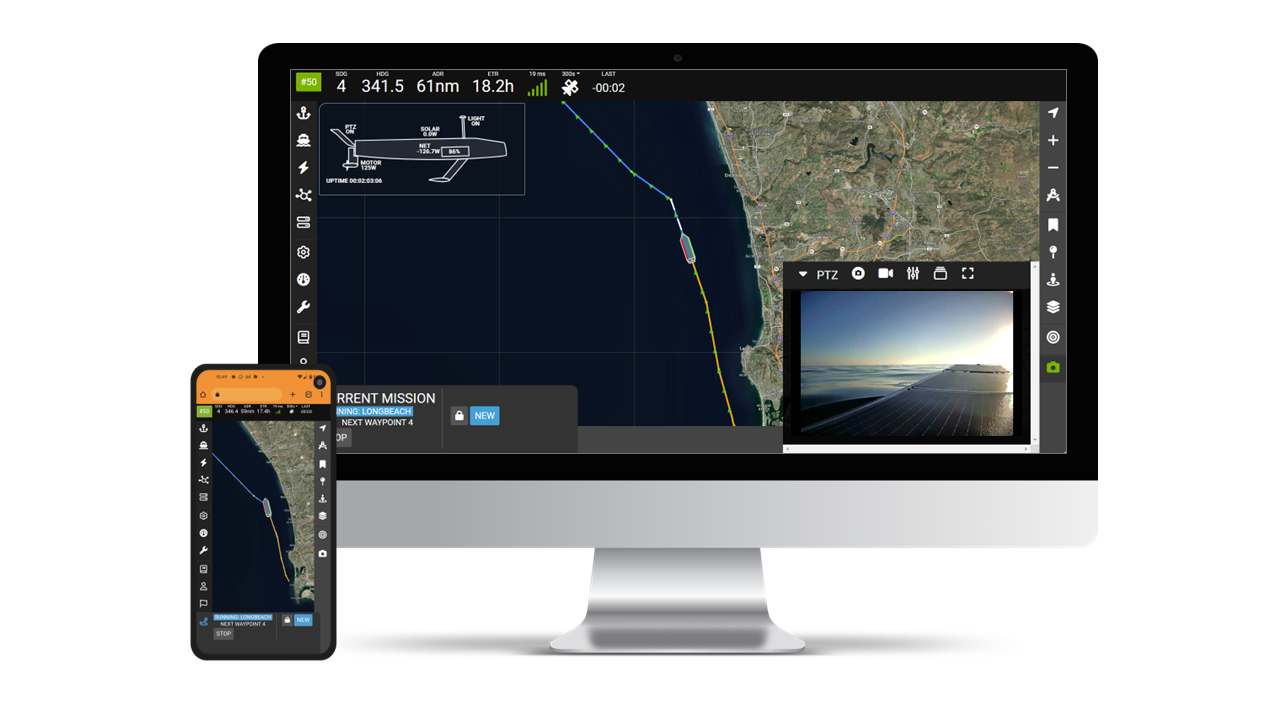
FAQ

Product FAQ
Top Questions:
The Lightfish can carry up to 60 lb (27 kg) of payloads with a variety of form factors. So far, Lightfish have carried cameras, sonar transducers, water monitoring systems, signal collection devices, and more.
A simplified prism outlining the payload bay at the stern is shown below. Sensors can be mounted on the outside of the hull, on one of the masts, or inside. To talk specific dimensions and options, get in touch.
The Lightfish travels with a collapsible dolly that makes moving it easy. If you’re launching from a boat ramp, that same dolly is all you need. If you’re launching from a boat or dock, two people can drop it off the side or use the included harness to lower from a crane or davit. If you really need portability, you can pull it into or throw it off a RHIB.
We’ve developed a proprietary user interface that can be accessed from any browser-enabled device. Using it, you can plan and edit missions in real time, monitor live data streams, and take over manual control if desired.
More on Technology
Seasats vehicles operate nominally up to Beaufort Sea State 6. Rougher weather than this may affect data quality and line following, but with robust hull design and self-righting capabilities, our ASVs are built to survive anything the ocean can throw at them. Even if a storm blows a vehicle off course, it will resume its mission as soon as possible.
Even when the weather is cloudy the Lightfish’s solar panels collect energy. In an extreme case, however, using only its onboard battery storage the Lightfish can transit about 175 nautical miles. An onboard generator, however, provides enough stored power to extend that no-solar range to 575 nautical miles or more.
If solar exposure is severely limited (i.e. at high latitudes) and you don’t want to dip into generator reserves, the vehicle’s indefinite cruise speed may be lowered to save power.
When operating autonomously, Lightfish ASVs use a variety of sensing mechanisms to detect obstacles in their path, groundings or fouled propellers, and sudden impacts. If any of these things occur, a vehicle will take evasive action and notify an operator. They may choose to take over manual control or let the vehicle respond autonomously.
The standard navigation system provides accuracy within a few meters. High-precision options that reduce tracking error to less than 1 meter are available.
If you came across our website or marketing materials in the past, you may have read about the X3, our first-generation autonomous surface vehicle (ASV). The X3 has been replaced by the Lightfish, but you can read about the previous model here. The two models are similar in many ways, but the Lightfish features improved payload capacity, power availability, ruggedness, and production efficiency.
More on Logistics
Saltwater, freshwater, warm, cold — anywhere in the world. Seasats vehicles are portable and persistent enough to reach remote areas, and with cell and satellite communications they can be monitored or controlled from across the globe.
We offer a two-day training that gives users sufficient understanding to plan and control missions, launch and recover a vehicle, and integrate typical payloads. No training is required for data-only customers since we operate the vehicles for them.
Probably! We have completed custom integrations in the past and now consider them on a case-by-case basis. Shoot us a message describing your payload and we’ll tell you whether or not it’s feasible.
After your vehicle is delivered, we recommend starting with a two-day training. Once you have the basic functions down, you can start adding or swapping payloads as desired. Since you own the ASV, feel free to make permanent modifications too. We will provide basic support, and service packs are available if you would like hands-on assistance. View purchasing options here.
The first step is to let us know what data you want, from where, and across what time period. Once we’ve finalized the project scope, your work is done — we will launch an ASV with the appropriate sensors, collect and communicate the desired data, and deliver it to you promptly. You’ll have a read-only login to the UI so you can monitor the ongoing mission if you’d like, but we take responsibility for safe and successful mission completion.
Recurring missions can also be arranged.
Don’t see your question here? Check out a data sheet or ask us directly.


